- Water Filtration Systems
- Education
- Outdoor Water Conservation Guide
Let's Take Water Conservation to the Great Outdoors
While indoor water use can exceed a whopping 100 gallons per day based on the size of your family and your daily habits, outdoor water use can outpace that measure tenfold – if you don't practice conservation. True, your outdoor water use may not seem this excessive if you live in an area with ample rainfall. But even the routine tasks of watering your lawn or washing your car can leave behind a Paul Bunyan-sized water footprint.
Here are a few small tips for preventing your outdoor water use from growing that big:
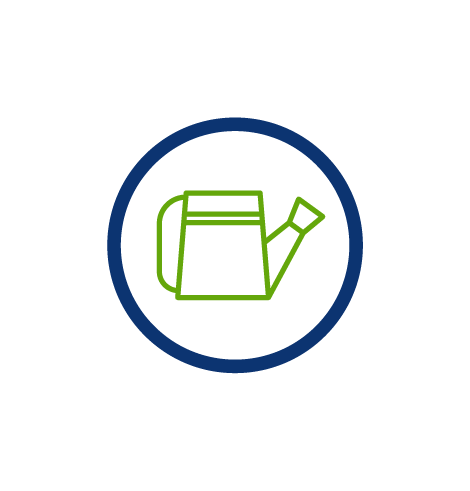
1. Only water your lawn during times of low wind and moderate temperatures
Watering early in the morning or at dusk is always a smart move – the temperature is lower, conditions are calmer, so the stage is set for your water to properly soak into your soil and get to the grass roots. Better still, you head evaporation off at the pass. Other ways to make your lawn drought-resistant include adding mulch to your plants and bushes and measuring your soil’s water collection to gauge just how much water your lawn uses.
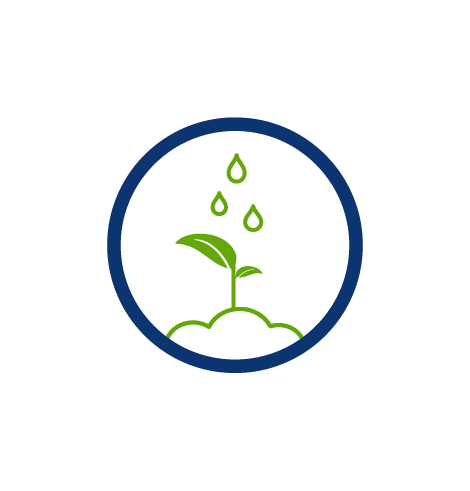
2. Change the way you irrigate
Install a drip water system for your garden instead of setting up sprinklers or using a hose. Also, water your lawn and shrubs by hand if you have time. By doing so, you’re lending your conservation efforts a helping watering hand – as it can slash your water usage in half! Bonus tip: ensure your plants aren't exposed to chlorine and other chemicals when you water by hand – install a Whole House Water Filter System.
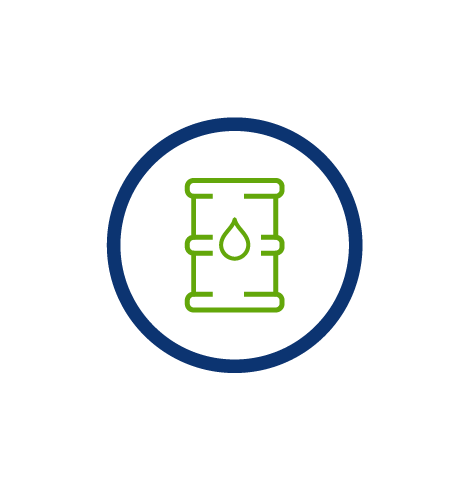
3. Install a rain barrel underneath your gutter
If you live in a rainy climate, a rain barrel can catch several gallons of water you can use to water your plants, aid your drip irrigation system, or wash your car. Save money on your lawn by recycling what nature provides. If you go this route, be sure to lower the possibility of mosquitoes breeding inside your rain barrel by covering it with a mesh net porous enough for water to get through.
NOTE: Some states do not allow rain barrels — check your local government's website to verify that they allow rain barrels in your city before installing one.
We are water Experts
Water quality is non-negotiable. To prove it, we've built state-of-the-art water quality labs and filled them with the best and brightest scientists — all so we can provide you with the best water of your life.

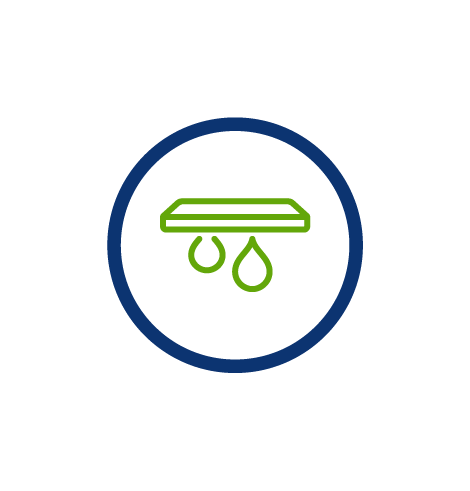
4. Always cover your pool with a pool cover
Natural evaporation can remove as much as a quarter of an inch of water from your pool every day. This loss translates to hundreds and even thousands of gallons of water wasted per year based on the size of your pool. Protect your pool with a pool cover when not in use to cut evaporation down drastically.
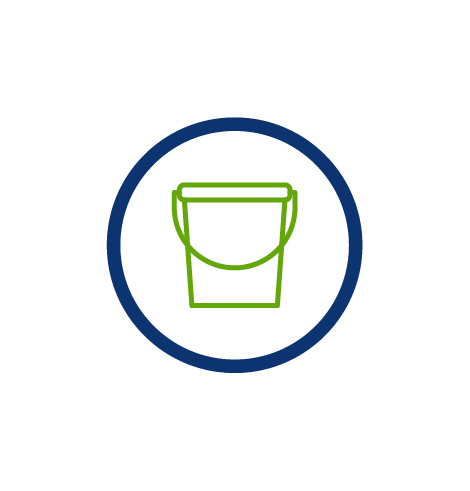
5. Conduct a bucket test often to check for leaks in your pool
It’s super simple. First, fill a bucket with pool water about one inch from the top and shut off your pool pump. Then, place the bucket on a pool step, partially submerged in the pool, and mark the water level inside and outside of the bucket. Turn on your pump for 24 hours and compare the two water levels. If the water level outside of the bucket drops more than the water level inside the bucket, your pool could be leaking.
What's in your water?
start here
Worried about your water? Take control with our at-home water test kit. We'll analyze your water and recommend the best filtration or softening solution for your specific needs.


6. Go elsewhere to get your car washed
Instead of washing your car at home, make the trip to a commercial car wash that completely recycles the water they use. You can also go to a self-service car wash where the high-pressure hose doesn't turn on automatically. Call ahead before you go to verify the location recycles water – car washes in California are required to recycle 60% of the water they use, but laws vary by state.

7. Use a squeeze nozzle for your hose if you wash your car at home
These nozzles, also called "pistol grip" nozzles, stop the flow of the hose when it is not engaged. This innovation overcomes the impracticality of walking to the tap and turning off the water every time you're not using the hose.

8. Redirect your air conditioner downspouts and other drain lines
You can redirect all water that leaves your gutter or appliances to sustain a flowerbed or your lawn. Taking steps like these can significantly help cut down on waste and prevent future drastic water restrictions and cutbacks.
Bottom line, water is an essential component of your outdoor maintenance and chores. The choices you make directly impact the sustainability of our limited supply of water.

Water 101
Unleash the secrets of your H2O! Explore where water originates and discover the various water filtration solutions that transform it into drinkable water.



